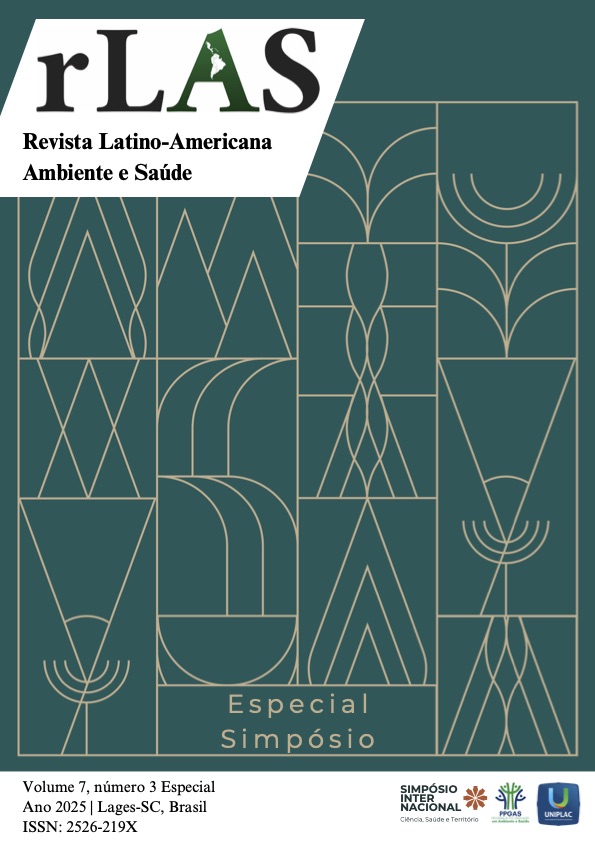Analysis of the initial development of the soybean crop with different isolated and combined Bradyrhizobium strains
Keywords:
Glycine max., Bradyrhizobia, nitrogen-fixing bacteriaAbstract
Soil degradation is one of today's main concerns and it is in this context that biological nitrogen fixation becomes an alternative for the agricultural system, seeking greater productivity with more sustainable methods. The aim of this study was to evaluate the influence of different combinations of nitrogen-fixing bacteria on the development and initial growth of the soybean crop, considering that the individual effects as commercial inoculants are already known, but the combined effects are still insufficiently explored. The experiment was conducted in a completely randomized design at the Agricultural Experimental Farm of the Federal University of Santa Catarina (UFSC) - Curitibanos Campus, in partnership with the company Biosphera Agro Solutions, using nine treatments and ten replicates, with analysis of variables such as plant height, aerial part mass, root mass and nodulation. The results showed that certain combinations of strains, especially in treatments T7 and T8, provided significant increases in plant development compared to isolated strains, with an increase in height and in the mass of roots and aerial parts. There was also greater nodulation in specific combinations, suggesting their potential use as commercial inoculants for soybean crops. Finally, the combination of Bradyrhizobium strains may be a promising alternative for improving the initial performance of soybeans, pointing to the need for further research to consolidate these practices.
References
CHERUBIN, Maurício Roberto; CARVALHO, Martha Lustosa; RODRIGUES, Marcos. Saúde do solo: entendendo os conceitos, relevância e suas aplicações na agricultura e meio ambiente. Informações agronômicas Nutrição de plantas, n. 18, p. 15-23, 2023.
CONAB. COMPANHIA NACIONAL DE ABASTECIMENTO. Ajustes na área de milho e soja resultam em uma produção de 295,45 milhões de toneladas na safra 2023/2024. Brasília: Companhia Nacional de Abastecimento. 2024. Disponível em: https://www.gov.br/conab/pt-br/assuntos/noticias/ajustes-na-area-de-milho-e-soja-resultam-em-uma-producao-de-295-45-milhoes-de-toneladas-na-safra-2023-2024-1. Acesso em: 10 abr. 2025.
GANEN, Julia dos Santos. Avaliação da nodulação da soja com estirpes comerciais de Bradyrhizobium de forma isolada e combinada em casa de vegetação. 2024. 48 f. TCC (Graduação) - Curso de Agronomia, Universidade Federal de Santa Catarina, Curitibanos, 2024. Disponível em: https://repositorio.ufsc.br/handle/123456789/257715. Acesso em: 24 abr. 2025.
HIRAKURI, Marcelo Hiroshi; LAZZAROTTO, Joelsio José. O agronegócio da soja nos contextos mundial e brasileiro. 2014.
HUNGRIA, Mariangela; MENDES, Iêda Carvalho; CAMPO, Rubens José. A importância do processo de fixação biológica do nitrogênio para a cultura da soja: componente essencial para a competitividade do produto brasileiro. 2007.
ZILLI, Jerri Édson; CAMPO, Rubens José; HUNGRIA, Mariangela. Eficácia da inoculação de Bradyrhizobium em pré-semeadura da soja. Pesquisa Agropecuária Brasileira, v. 45, p. 335-337, 2010.


